Why local self-government units can’t autonomously decide on the precise locations of solar plants was one of the questions posed by the panelists at the solar energy conference ‘Sunny Days’, held on 30 September and 1 October in Hvar in the organizations of the association Renewable Energy Sources of Croatia and the Island Movement.
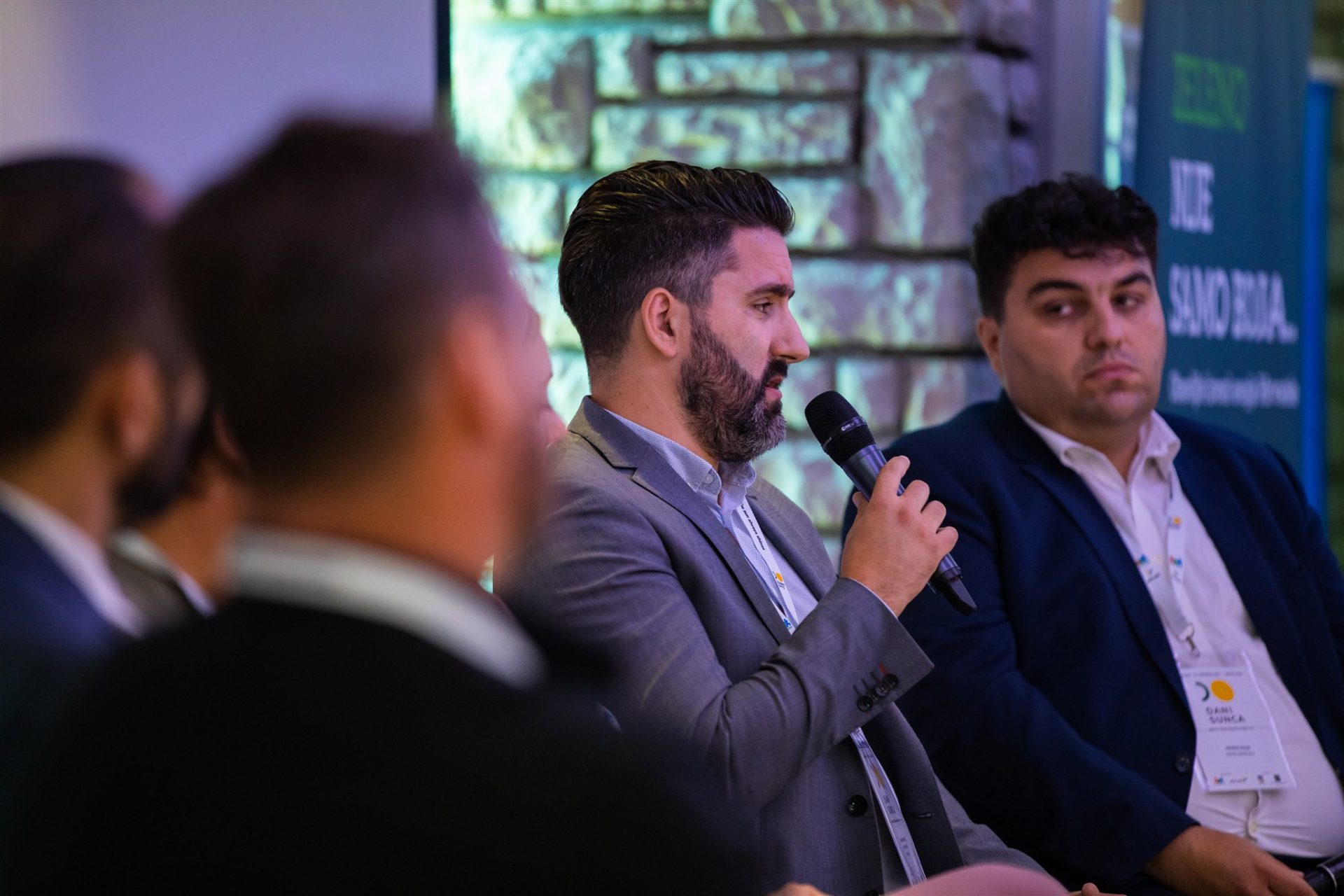
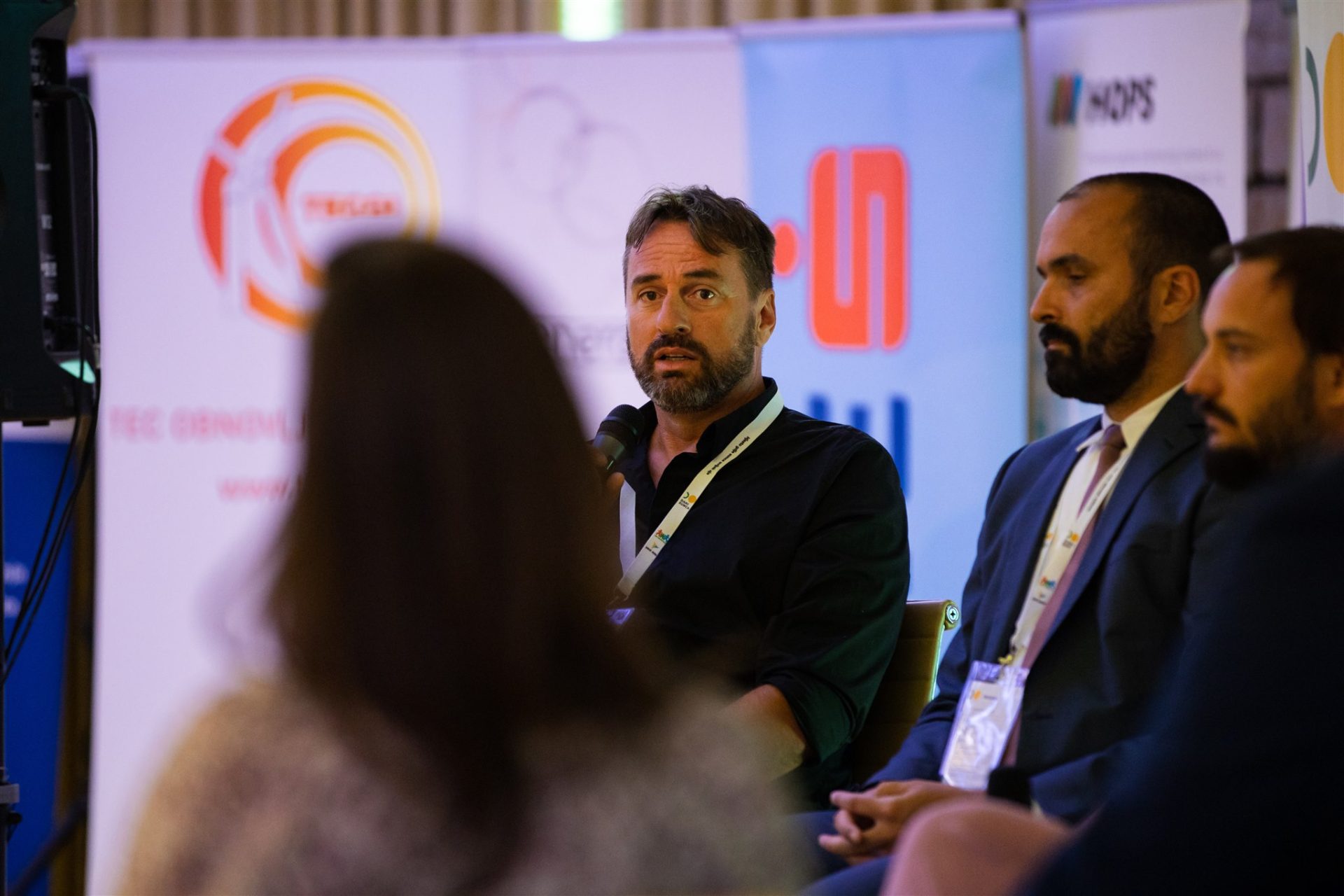
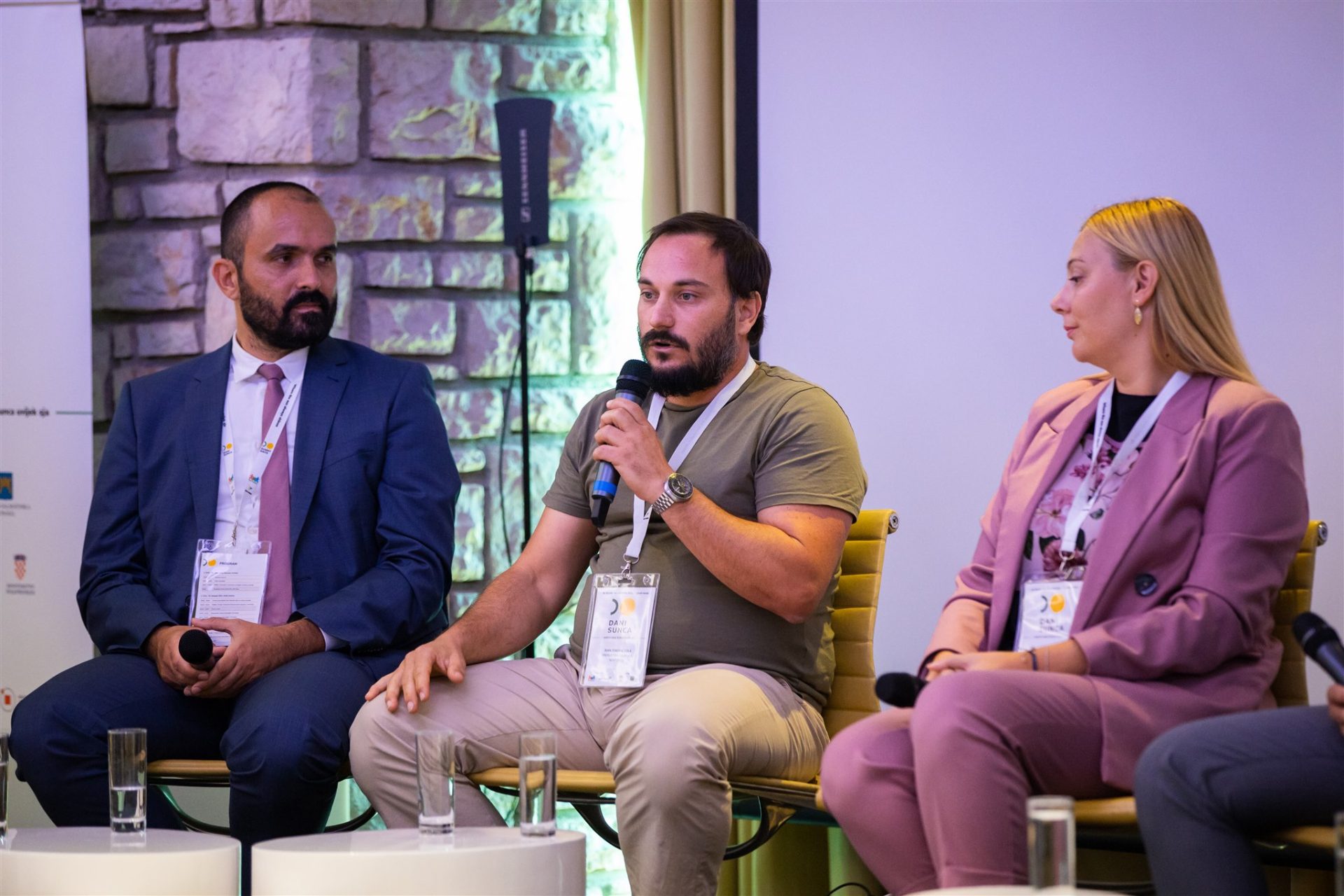
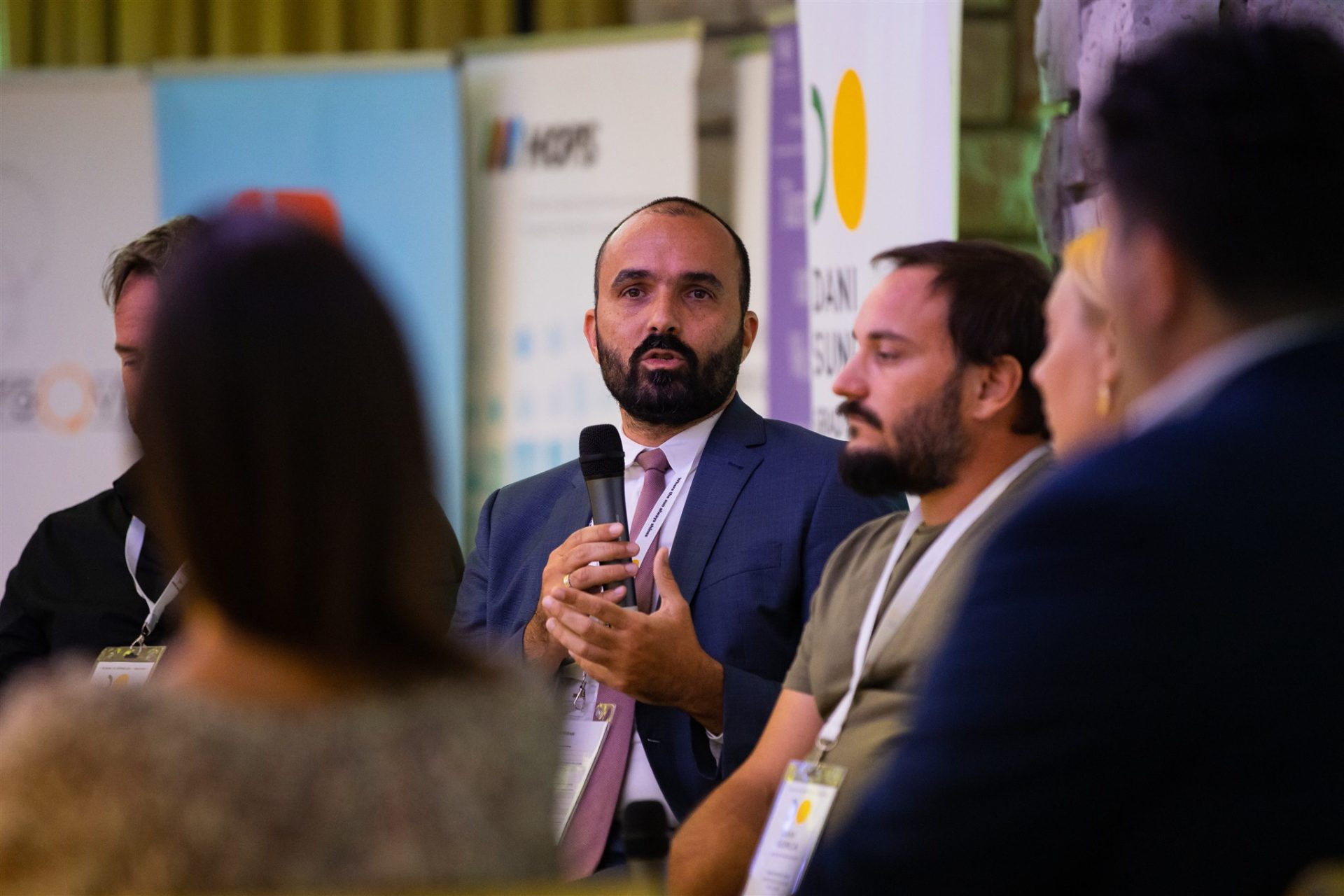
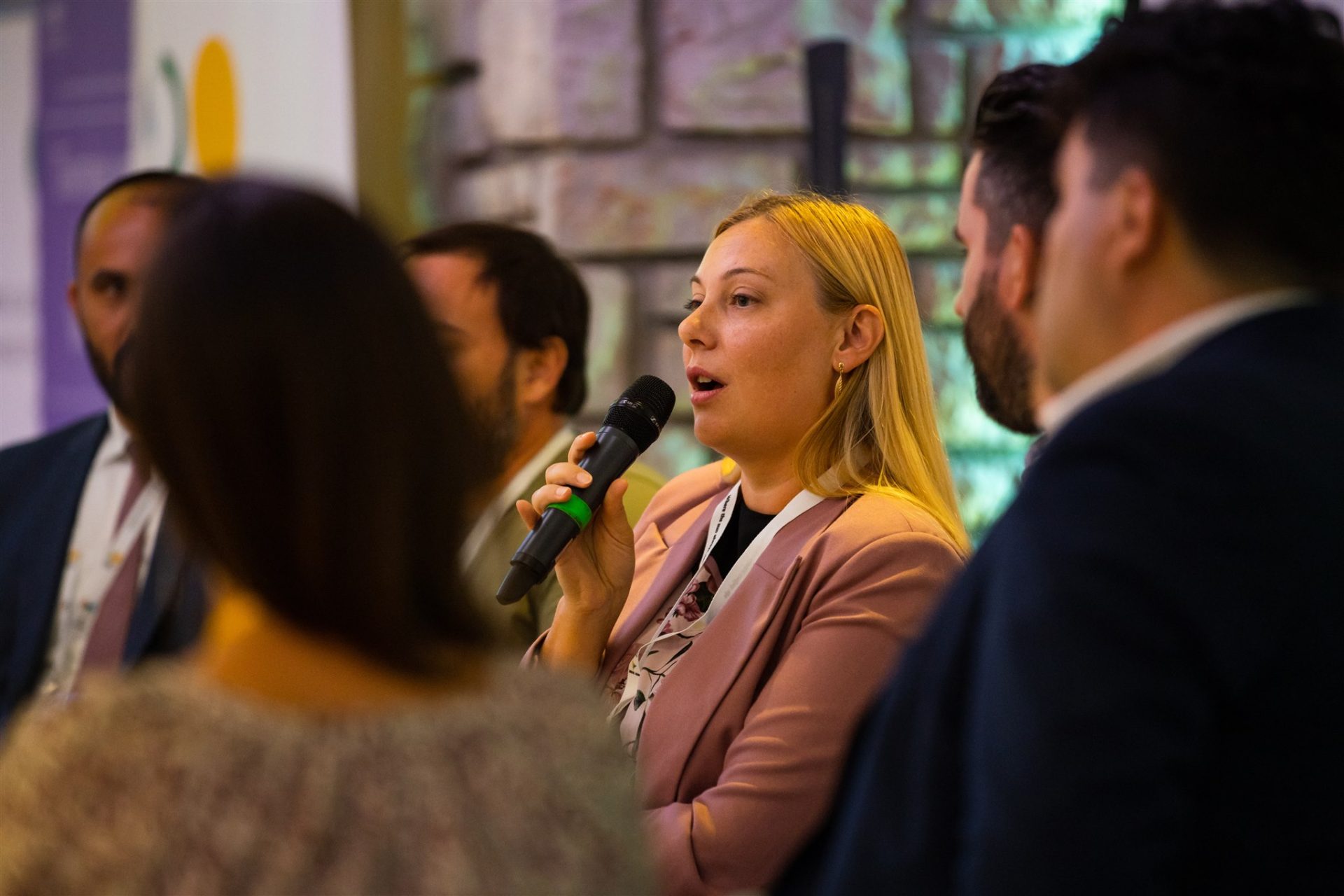
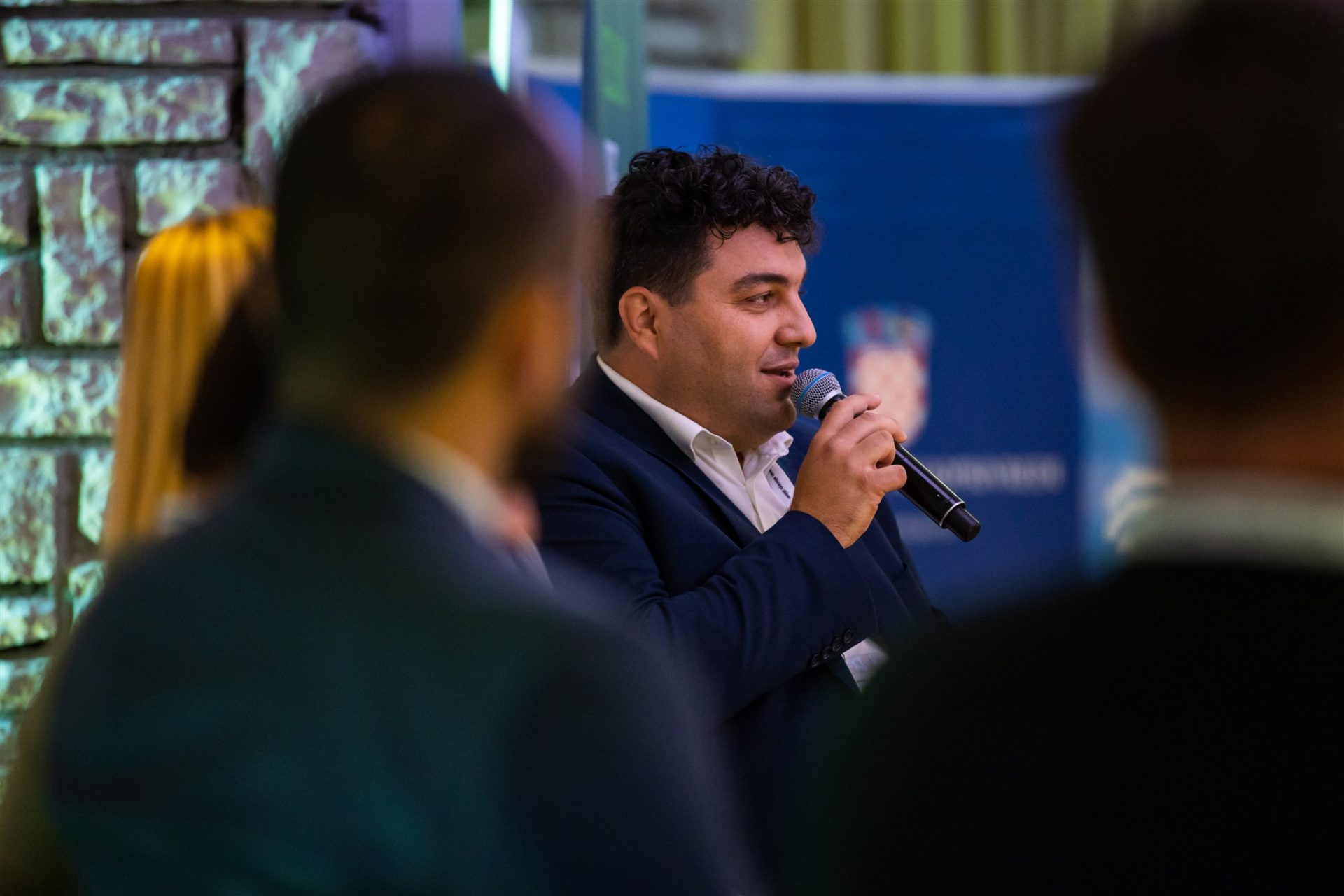
According to the current zoning plan regulations, the location of the solar power plant is determined by the county instead of having those locations selected by the local self-governments, Maja Jurišić, the president of the Island Movement pointed out during her moderation of the panel on the topic of citizens and local self-government units in the green transition. „Presently, only the Šibenik-Knin and Zadar counties have that possibility, so it is logical to ask why self-government units in other counties can’t do the same“, Jurišić noted.
Šimun Fio, from the newly established Committee for Environmental Protection and Renewable Sources in the city of Hvar agreed that the regulations from the General Urban Development Plan (GUDP) present a great problem in the realization of solar energy projects, namely and that cities and municipalities should autonomously decide on the locations of the solar plants. „The currently selected location in Hvar is not an appropriate choice since it is in the midst of an olive grove area and there are many zones that are far more appropriate, such as the rocky parts of the island and similar areas”, Fio underlined.
This is only one in a series of regulatory and administrative problems when dealing with green transition, particularly the use of renewable energy sources on the islands although the inadequate awareness and engagement of citizens is most frequently pointed out as the main problem. The local self-government units themselves, as underlined by the panelists, should find a way to implement the green transition projects, in addition to finding ways to motivate citizens, educate and support them in the initiation of projects. Within that context, some of the best recent examples of good practices are the projects where solar collectors were installed on water pumping stations as was done by the city of Vrgorac, and the Križevac roof project. Križevci was accentuated as the bellwether, owing to the Križevac sunny roof project, co-financing programs and project documentation as well as the development of the solar plants themselves on the roofs of family homes. Also worth mentioning are the energy cooperative KLIK and Energy Climate Office, the first of their kinds in Croatia as they are the direct link with citizens.
The major of Križevci, Mario Rajn, pointed out how difficult it was to change the mindsets of citizens but also that local policy, which is actually a communal policy must offer the public information and support in a much more direct way: ”In addition, it is our wish to return surtaxes through green transition programs, and given that the surtax in Križevci is 10 percent, it amounts some 4.5 million HRK annually.” The panelists agreed that educating the public is one of the key factors of the green transition success and that all cities and municipalities should have information and education centers.
When speaking of the activation and raising the awareness of citizens on the importance and ways of implementing solar energy projects, Ivan Zoković, energy expert and member of a number of energy cooperatives, among others, the New Island cooperative, from Korčula, pointed out that Korčula was activated owing to educators from among the citizens. “A stereotype has been created that investors were the ones that will buy and destroy everything and that citizens want to put a stop to all projects, which is not true. For that reason we began threading a different path, namely, educating the citizens first. Our idea is to crack the ice through energy cooperatives” Zoković pointed out.
One of the ways of financing small solar energy projects is by way of the NESOI platform (New Energy Solutions Optimised for Islands) which offers islands in processes of sustainability and green transition, along with financial and technical support, legal advice, and other benefits. “We announced two invitations, the first one is completed and there were 117 applications from islands from all over Europe, of which 28 applications were approved. Four were from Croatia, of which three were linked to solars, – on the Elafits, Krk and joint application of Cres–Lošinj – Korčula, Saša Jovičić from the NESOI platform pointed out. He emphasized that the process of informing the citizens was not easy. However, in the end, we got high-quality applications which shows that the “know-how” exists and the islands which had it were successful at processing the applications, while it is questionable whether the self-government units which did not succeed, actually had the required capacities to do so. “For example, Elafits did not have the capacities so it engaged the Dubrovnik Development Agency. The same should be done by all the islands that cannot do it themselves”, Jovičić suggested and pointed out that the second invitation for applications for projects will be announced soon and that this time emphasis will be placed on the innovativeness of projects.
Although insufficient public awareness was emphasized as one of the main problems of the green transition, Jurišić from the Island Movement pointed out that we are perceived as a country with a thousand islands, which the world sees as an enormous potential, while in reality there are some 50 inhabited islands, the cities, and municipalities of which in many cases don’t have the capacities so that at the end we have between 10 and 20 islands which do have the capacities to implement the projects. “However, even in those cases we have to be aware of the fact that the resources on the islands are limited”, she warned.
Maja Rajčić, head of the department for energy efficiency in the Fund for Environmental Protection and Energy Efficiency, presented the current Public invitation for co-financing the energy rehabilitation of family homes within the framework of which it is also possible to attain funds for the use of renewable energy sources, including solar energy. Accordingly, it is possible to get renewable energy source incentives for heating systems or production of electric power. Rajčić pointed out that the Fund intends to announce a Public invitation by the end of the year on the basis of which only RES projects would be co-financed and be available to a broad circle of applicants. “Islands have already been recognized as specific spatial units, for example through the Law on Islands or else the EU Island Secretariat and we in the Fund for the Protection of the Environment and Energy Efficiency will also treat islands as specific units within the framework of financing various pilot energy transition projects” Rajčić underscored (HINA).










